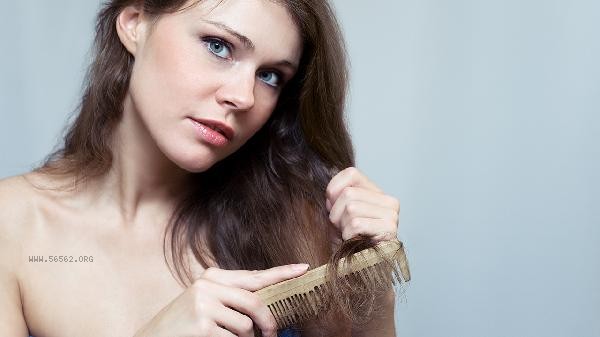For the training of the lateral head of the triceps, it is recommended to use exercises such as narrow distance push ups, supine arm flexion and extension, and rope compression. These movements can effectively stimulate the fibers of the lateral head muscles, improve muscle separation and strength performance.

1. Narrow distance push up
The distance between hands is less than shoulder width, the core is tightened to maintain a straight line, and the elbows are close to the torso when descending. This action increases the lateral head load by shortening the lever arm, making it suitable for home training. Be careful to avoid waist collapse or hip elevation, and repeat 10-15 times per group for better results.
2. Lie down with arms bent and extended
Lie on a flat plate, hold a barbell or dumbbell with both hands and slowly lower it along the back of the head, keeping the elbow joint at a fixed angle. Concentrate the contraction of the lateral head of the triceps brachii during lifting, and control centrifugal contraction during lowering. It is recommended to choose a medium weight to ensure the standard of movement.
3. Rope Downward Pressure
During gym equipment training, a rope high position puller is used, with the palm facing the handle to complete the downward pressure action. Keep the elbows close to both sides of the body throughout the entire process, and slightly rotate the wrist outward during peak contraction to enhance stimulation of the outer head. This movement trajectory is more in line with the anatomical direction of muscles.

4. Single arm dumbbell neck and back arm flexion and extension
Sitting posture, hold a dumbbell in one hand behind the neck, and complete the flexion and extension movement with the elbow perpendicular to the ground. Unilateral training can correct muscle imbalance, and targeted strengthening of the lateral head can be achieved by changing the wrist angle. Pay attention to choosing appropriate weight to avoid shoulder joint compensation.
5. Double bar arm flexion and extension
During parallel bar training, lean forward about 30 degrees and open your elbows to both sides when descending. This composite action can simultaneously activate the pectoral and triceps muscles, with the lateral head providing the main force during the pushing phase. Advanced practitioners can increase the intensity of training by carrying heavy loads.

It is recommended to schedule specialized exercises twice a week during training, selecting 2-3 movements and completing 4 sets each time. Rest between groups should be controlled within 60 seconds, and protein supplementation should be used to promote muscle repair. In the initial stage, the focus should be on mastering the movements and gradually increasing the load weight. After training, static stretching of the triceps should be performed to avoid muscle stiffness. Pay attention to supplementing high-quality protein and carbohydrates in diet to ensure calorie surplus, which is more conducive to muscle growth. Middle aged and elderly trainers need to reduce their range of motion to avoid joint injuries, and can first use elastic bands for adaptive training.






Comments (0)
Leave a Comment
No comments yet
Be the first to share your thoughts!